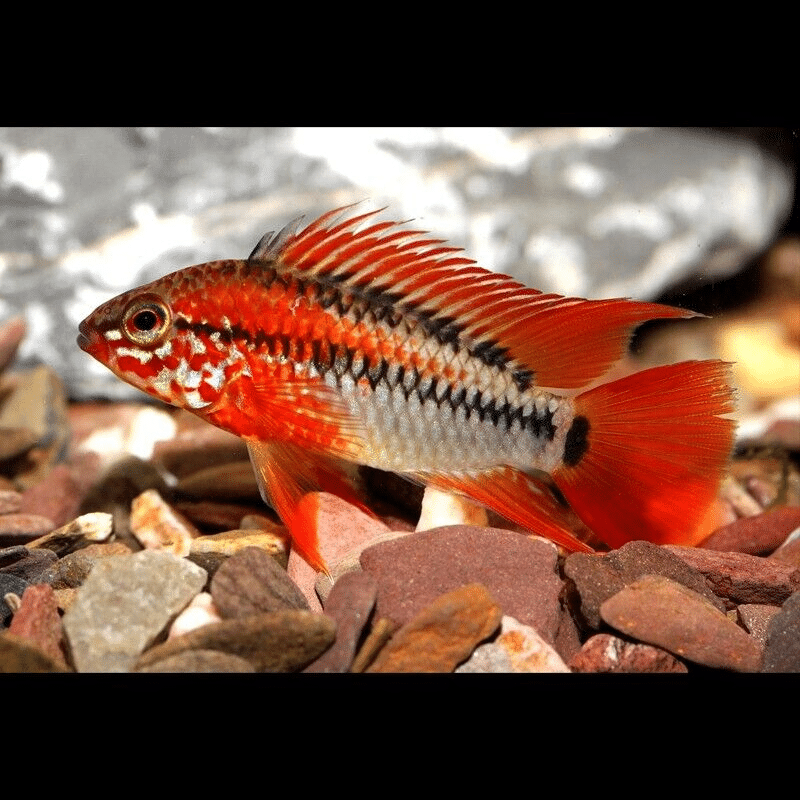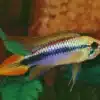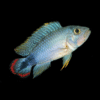-
×

-
×
 Purple Vampire Crab - Geosesarma Dennerle - Decapod Crustacean
2 × £7.74
Purple Vampire Crab - Geosesarma Dennerle - Decapod Crustacean
2 × £7.74 -
×

-
×

-
×

-
×

-
×

-
×

-
×

-
×

-
×

-
×

-
×

-
×
 Golden Eyes Vampire Crab - Geosesarma Sp. - Decapod Crustacean
2 × £8.71
Golden Eyes Vampire Crab - Geosesarma Sp. - Decapod Crustacean
2 × £8.71 -
×

-
×

-
×

Subtotal: £616.40















Emily Carter (verified owner) –
I recently purchased a pair of Apistogramma Macmasteri «Red Mask», and I couldn’t be happier! These little American cichlids have been a delight to watch in my 30-gallon tank. After about two weeks, they settled beautifully, showcasing their vibrant colors and charming behaviors. The male’s striking red mask is truly a showstopper, and the female is equally stunning with her delicate patterns.
I’ve kept several dwarf cichlids before, but this pair really stands out for their engaging personalities. They’ve started to create little territories, which added an exciting dynamic to my tank. I did notice they can be slightly shy at first, so providing plenty of hiding spots made a significant difference.
Shipping was efficient, and both fish arrived healthy and active. I recommend these fish for hobbyists who appreciate a peaceful community tank but want a little excitement. Just be mindful of their need for a well-planted environment. Overall, if you’re looking for vibrant dwarf cichlids that bring life to your aquarium, I wholeheartedly recommend this pair! I would definitely buy again!